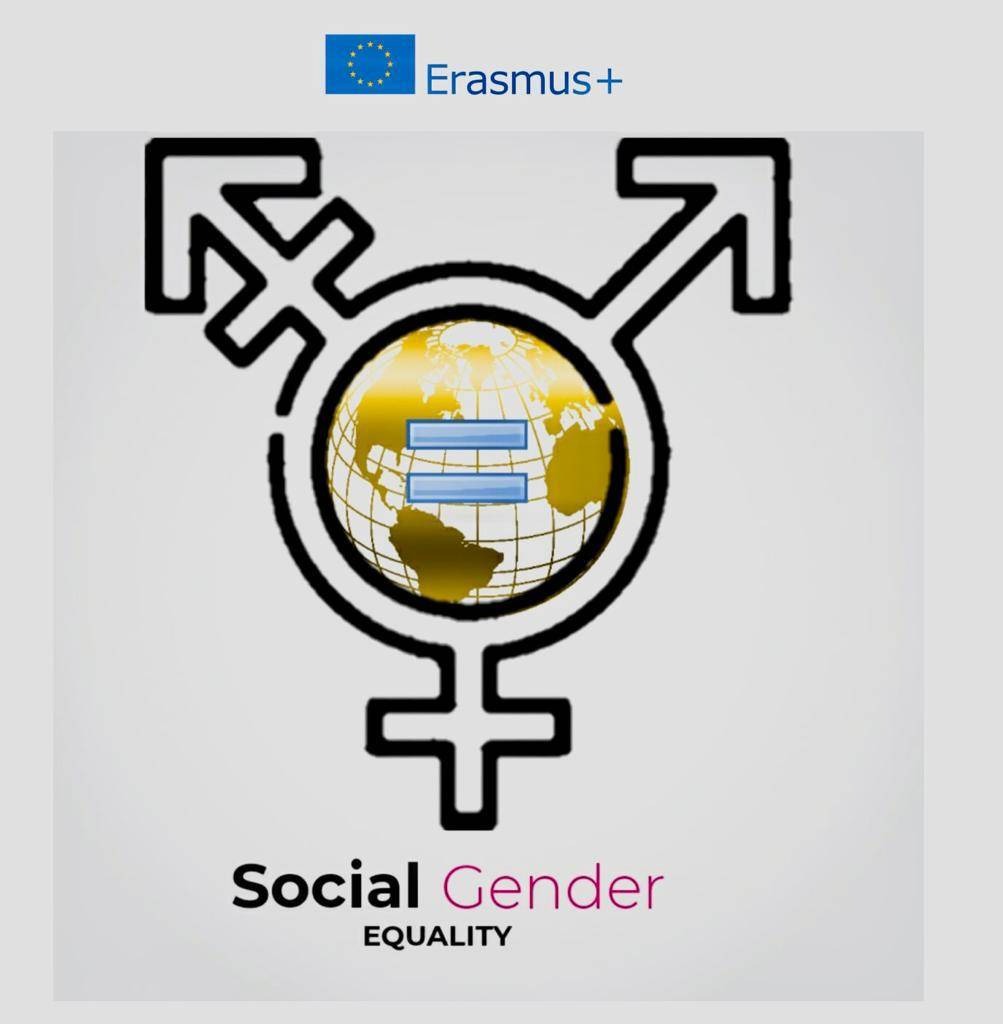The concepts mentioned in your post highlight the complexity of gender and sexuality, which are often discussed in both social sciences and biological contexts. Terms such as “sex,” “gender,” “gender identity,” “gender expression,” and “sexual orientation” each play distinct roles in understanding human diversity. “Sex” typically refers to biological attributes (such as chromosomes, hormone levels, and reproductive organs), whereas “gender” is a social construct that involves identity, roles, and cultural expectations. “Gender identity” is an individual’s deeply felt sense of their gender, which may or may not correspond with their sex assigned at birth. “Gender expression” involves how a person outwardly represents their gender, through clothing, behavior, and other societal markers. “Gender roles” are expectations imposed by society on individuals based on their perceived gender, often rooted in traditional norms. “Sexual orientation” refers to whom an individual is emotionally, romantically, or sexually attracted to. The distinctions among these terms are crucial for informed discussions about social equity, policy making, and individual well-being.
In the context of gender equality, the emphasis is on ensuring that people of all genders have equal opportunities and responsibilities, free from discrimination and societal biases. This extends to various spheres including education, where providing equal access and treatment irrespective of gender is essential for fostering an inclusive environment. This principle forms a cornerstone of human rights and is vital for sustainable societal progress, allowing individuals to realize their potential without the barriers of gender-based prejudice.
